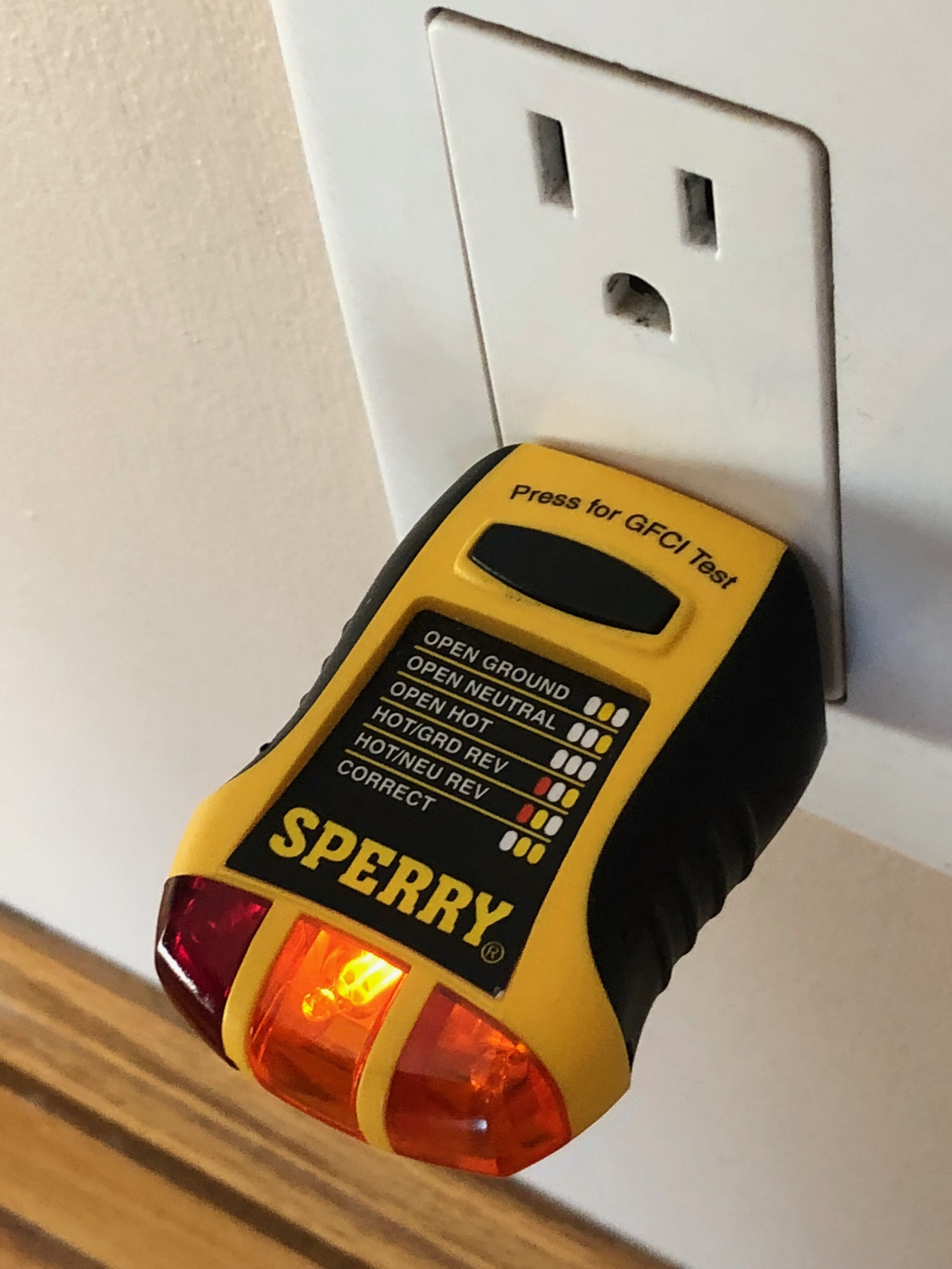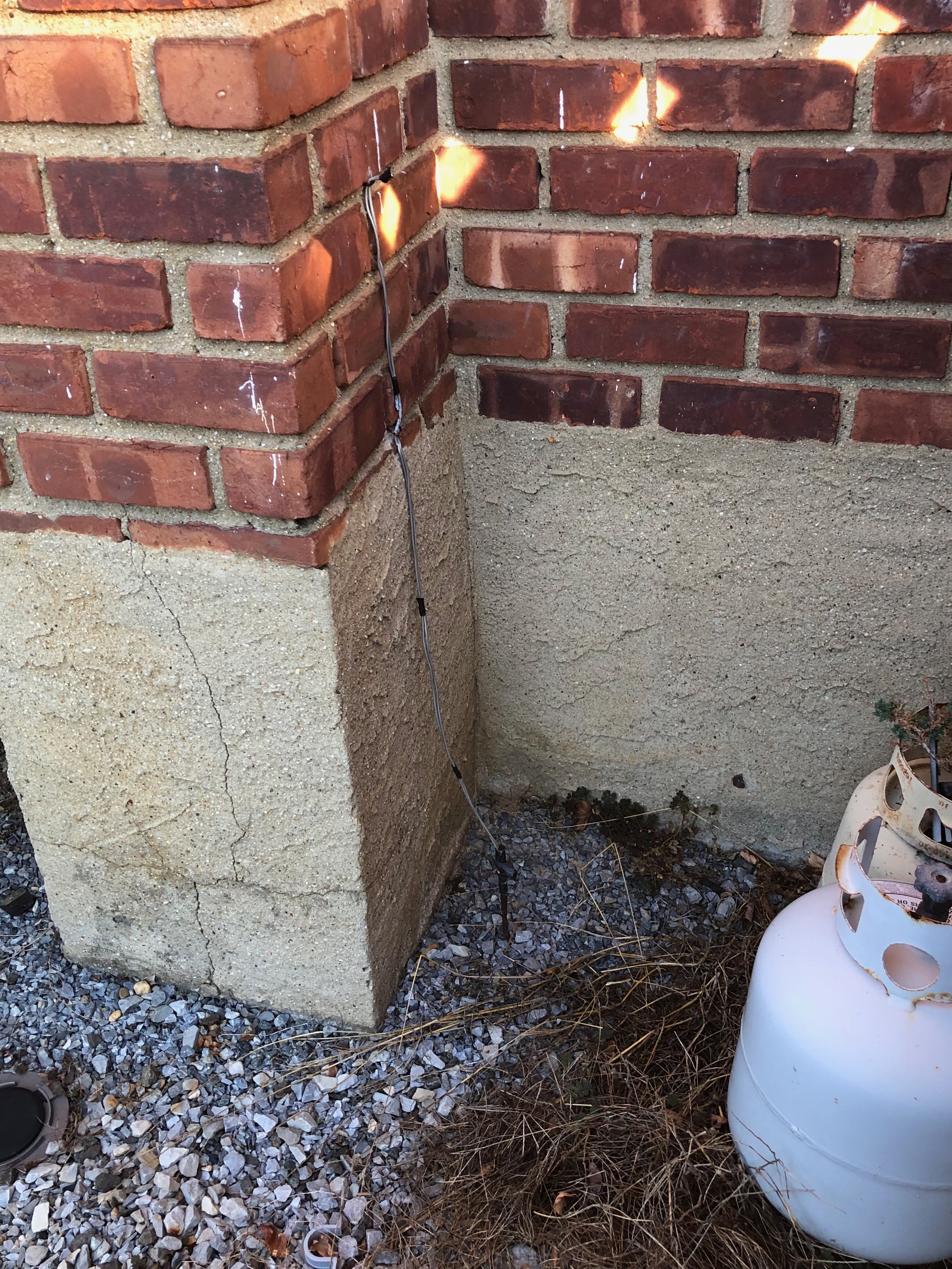You could need EMI Compliance or EMF Safety tests for all sorts of reasons. Before you jump into the internet search rabbit hole, do some homework based on your needs.
If you need to know if a new piece of equipment will function properly at a new location, then check the manual for EMI tolerance specs. We even had one piece of equipment that required a specific meter be used for the compliance test, or the manufacturer’s guarantee would not be applicable.
If you have a medical device, such as an anesthesia table, then know that there is a specific FDA compliance testing procedure that this little side table must undergo. Be sure that during your manufacturing process, you put the table under the rigors of pre-compliance testing to save you time and money.
Are you interested in RF emissions from an industrial dryer that emits 27-30 MHz of strong RF, then you need to know National IEEE, OSHA, and your particular state’s DEP safety regulations. We recommend also knowing international standards for occupational safety. If one day you wish to partner with a Chinese, Israeli, or European firm, then they may insist that their workers are operating within their own country’s guidelines.
If you wish to buy a new investment property, then you need to not only know the US safety levels, but you also need to know all of the international safety standards. A European or Israeli company is often not concerned with the US safety levels because the standards are so much lower than the rest of the world’s standards. For example, the US safety level for exposure to AC Magnetic Fields is 1,000 mG (milligauss) whereas the Israeli safety level is only 4 mG. Another example; the US/IEEE safety level for radio frequency exposure is 10,000,000 µW/m² whereas much of the world’s safety level including Israel, Germany, France, Russia, and China’s is 10,000 µW/m². Salzburg, Austria’s and Luxembourg’s limits are 1,000 µW/m².
If you wish to have your family residence tested, then you should do some research to know what AC Magnetic, AC Electric, and RF emission levels are acceptable to you. Elexana’s safety limits for residential work are in line with the Building Biology® Institute. We are certified Electromagnetic Radiation Specialists (EMRS).
Be sure that the EMF Company you are interviewing shares with you their EMF Safety Actionable Levels long before you hire them. If they believe that 10 mG is an acceptable level and 10 mG is what their shielding will leak, then any electron microscopes or scanners will be situated within a magnetic environment that may not meet manufacturer’s specifications.
Wiring error identification is a service that a trained and certified EMRS learns how to provide. It does NOT require an electrical license because it is non-invasive. Wall outlet receptacles or electrical panels do not need opening up to provide this service.
Every trained EMRS works with an electrician who will then do the follow-up work. We can instruct an electrician on how to troubleshoot and identify problems in a mains or a sub-panel. Our affiliate licensed electricians continue the process we begin, making your home safe from potential electrical fires and AC Magnetic Fields, created by wiring errors, which can cause a possible fire. Often, we see that a more efficient electrical system will lower your monthly utility bill.







